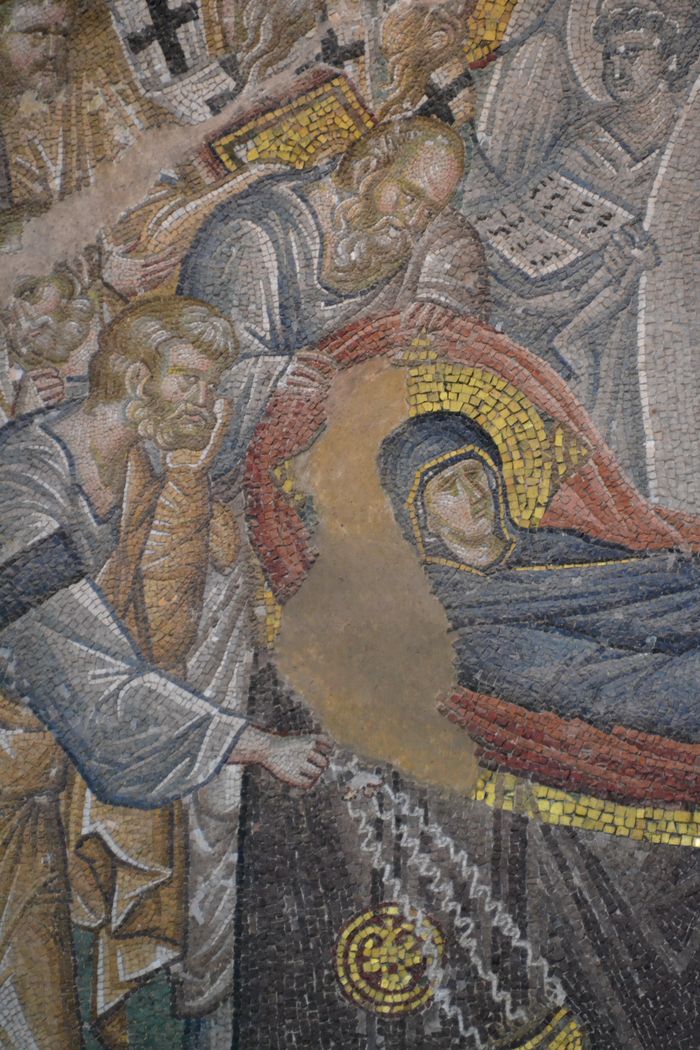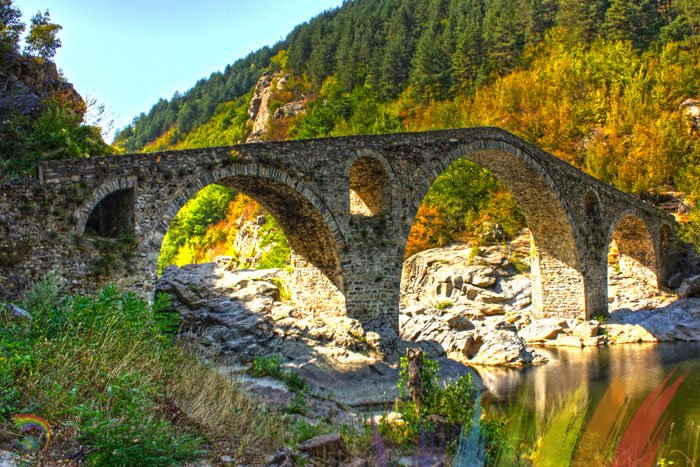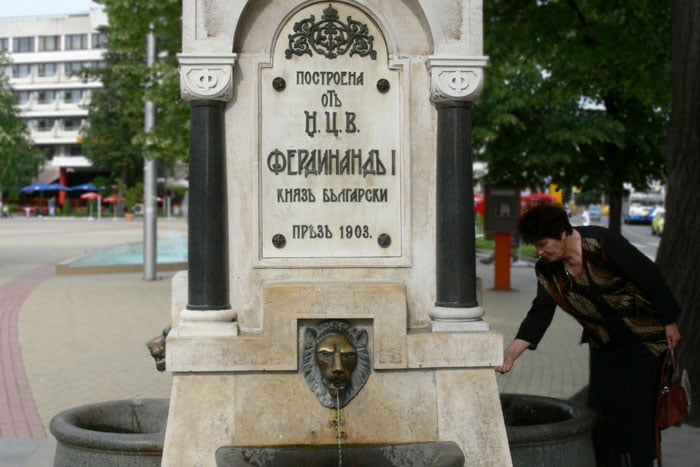3. Basil the Lord Chamberlain (parakoimomenus) was the illegitimate son off Romanus I Lecapenus (9l9-944) and had been promoted to his high office by Nicephorus II Phocas, with the additional title of President of the Senate. He afterwards sided with Tzimisces in the revolt of 969 which ended with the death of Nicephorus. The historians agree that Basil was a man of great energy and ability.
4. Bardas Sclerus had been brother-in-law of John I Tzimisces, who had married his sister Maria. He had expected to succeed John for he had been promised the throne by the emperor on his death-bed.
5. The Phocas family had its origin in Cappadocia and for several generations had enjoyed high repute in the Empire as soldiers. The father of Bardas Phocas was that Leo who had won military fame under the emperor Romanus II. His uncle Nicephorus was an even greater soldier and had himself ascended the throne im 963, when he married Theophano. The family was banished from the capital on the orders of the Lord Chamberlain when Tzimisces gained power.
6. That Basil never carried out his intention of destroying the Phocas family can be inferred from the fact that as late as 1022 a son of Bardas, another Nicephorus, was in revolt and was actually crowned emperor in Cappadocia. Fortunately for Basil the pretender was assassinated by a jealous accomplice, Nicephorus Xiphias, and the the rebellion proved abortive.
Actually proclaimed emperor at Caesarea
7. Bardas Phocas had revolted against Tzimisces in 971, with the help of his brother Leo and their father. He was actually proclaimed emperor at Caesarea, but the rebellion was crushed by Bardas Sclerus and the whole family was sent into exile on the island of Chios. Leo the younger attempted a second revolt the next year and again the effort proved unsuccessful. The Phocas family had the active support of the Nicephorus party and of some clergy, and Basil no doubt believed that his own position would never be secure until the whole faction was wiped out.
8. This single combat took place on 24 March 979 at Pancalia.
9. The second revolt of Bardas Phocas came to a head on 15 August 987 when was proclaimed emperor at Chresianus. Sclcrus had meanwhile escaped from Baghdad, and according to the terms he concluded with his rival Phocas was to have Constantinople and the European provinces, while Sclerus was to rule over Asia Minor. Barely a month later Phocas broke his word and on 14 September Sclerus was imprisoned by him at Tyropaeum and stripped of all imperial insignia.
10. This battle apparently took place late in 986.
11. This Scythian force of 6,coo arrived at Constantinople in the spring of 988. Vladimir of Russia was persuaded to help on condition that Basil gave him his sister Anna in marriage. On his part he was to be baptized into the Christian faith, an act that was destined to influence Russia for centuries to come. The Scyths (or Varangians) remained in Greece after the defeat of Phocas and formed the Imperial Cuard until they were to some extent replaced by western Europeans late in the next century.
12. The Battle of Ghrysopolis in the summer of 988.
13. The Bade of Abydos, 13 April 989.
14. With this defeat opposition to Basil faded away. All the leaders of Phocas’s army were put to death except Leo Melissenus, his second-in-command, and Sderus, who had been set free by Phocas’s wife as soon as she heard of her husband’s death, was soon reconciled to the emperor. The circumstances of Leo’s amnesty are recorded in Cedrenus (700).
Read More about Galgano part 2








